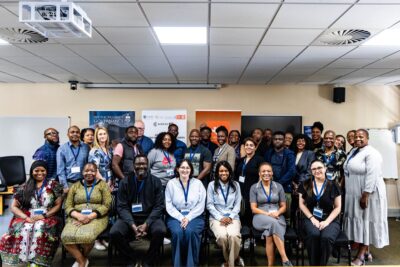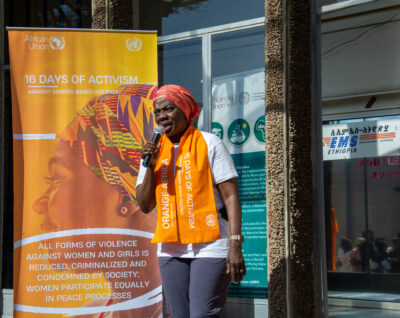The disciplines of knowledge production—through which we instill in our students the practices of objectivity, generalizability, and professionalism—are no less structured around racial, gender, and class privilege than the rest of our…
Social inequality in/and religious studies
Smuggling scholarship—In re The Oxford Handbook of Islamic Law
January 17, 2019
January 17, 2019













